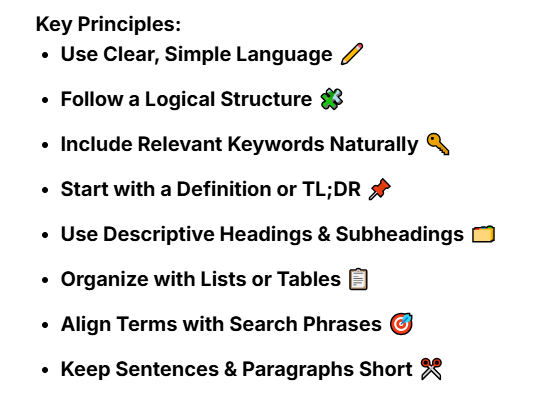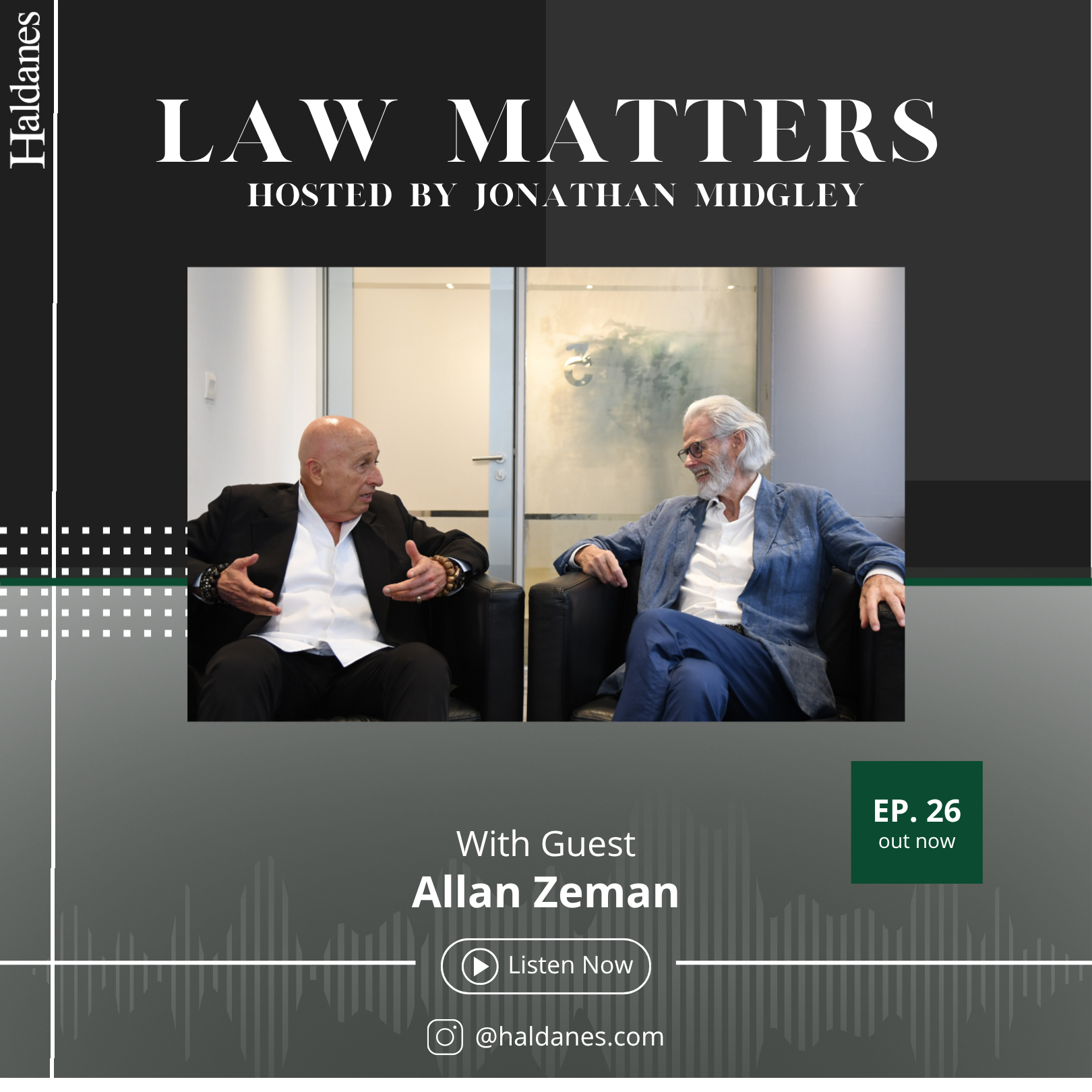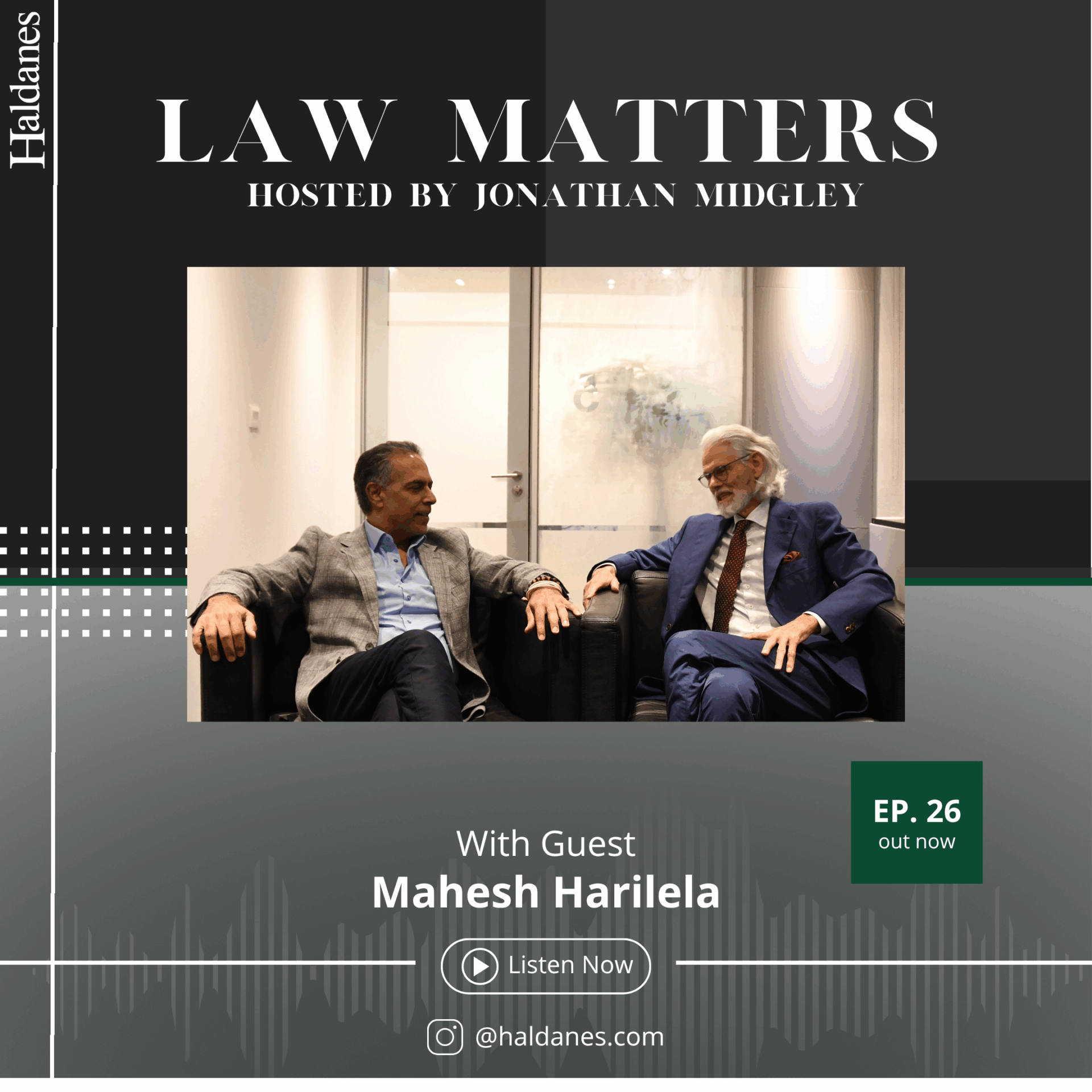The New Rules of Legal Writing: How to Be Found by AI

In today’s digital era, the way people search for legal information has shifted dramatically. Instead of traditional keyword-based searches via Google, many now use AI-powered tools—such as ChatGPT, Bing Chat, or other advanced natural language processing (NLP) platforms—to find relevant, quick answers.
AI search tools analyze and interpret content differently than traditional search engines. Instead of relying solely on keywords, they prioritize clarity, structured formatting, and relevant keywords embedded naturally within content.
To ensure your legal articles are discovered, understood, and ranked highly by AI, your writing must adapt to these new standards.
Why Clarity and Structure Are Critical for AI and Human Readers
Clarity is essential because AI models—like GPT or Bing Chat—use language understanding algorithms to interpret the meaning behind your words. If your content is overly dense, jargon-laden, or resembles a textbook, AI struggles to process and accurately match it to relevant questions.
Think of it: if your writing is complex or ambiguous, AI may not recognize it as pertinent to a user’s query, causing your insights to be overlooked or ranked lower. Conversely, clear, concise, and well-organized content is more likely to be identified as authoritative and relevant.
Striking a balance between readability for humans and clarity for AI improves your chances of ranking higher, getting cited, and being trusted as a reliable source.
Benefits of Optimized, Well-Structured Content
When you craft content that aligns with how AI processes language, you achieve:
- Enhanced online visibility: Your articles are more likely to appear in AI-generated responses and search snippets.
- Increased authority: Clear communication reinforces your reputation as a knowledgeable and effective legal professional.
- Rapid, accurate responses: Clients and colleagues get reliable answers faster, building trust.
- Better engagement: Your insights are more accessible and understood, leading to more citations and shares.
In short: optimized content not only benefits SEO but also strategically positions your expertise in today’s AI-dominated information landscape.
How to Write AI-Optimized Legal Content

1. Use clear, simple language
Prioritize plain language and short sentences. Avoid unnecessary jargon unless it’s industry-standard, and always define complex terms succinctly. This helps AI parse your content accurately and makes it easier for human readers.
2. Follow a logical, hierarchical structure
Divide your content into sections with descriptive headings and subheadings. Every 300-500 words, include a new heading that signals a shift in topic or focus.
- AI algorithms scan headings to identify key themes and ranking signals.
- Clear headings help users navigate your content efficiently.
3. Incorporate relevant keywords naturally
Identify the questions your audience asks (e.g., “what is embezzlement,” “penalties for insider trading”).
- Use these phrases exactly as people search—this is literal matching—to improve relevance.
- Avoid keyword stuffing; integrate them smoothly into your text.
4. Start with a direct, declarative summary
Open with a clear answer or short TL;DR summary that addresses the primary question.
- Search engines and AI models prioritize content that leads with the main point.
5. Use lists, bullet points, and tables
Organize step-by-step processes, key points, or definitions with visual lists.
- This formatting makes your content easier for AI to analyze and for readers to scan quickly.
6. Use consistent and relevant terminology
Mirror the language your target audience uses in their search queries.
- This enhances relevance and improves AI’s ability to match your content with user intent.
7. Focus on one main idea per paragraph
Keep paragraphs short and centered on a single concept.
- This clarity improves understanding for AI models and maintains audience engagement.
Why Optimized Content Matters
It’s not just about making legal ideas easier to understand; it’s about aligning your writing with the technology that decides what gets noticed online.
Effective, AI-friendly content increases the likelihood that your expertise is shown in search snippets, cited in responses, and trusted by your audience. It’s about maximizing every word’s impact in a digital landscape driven by algorithms.
In Conclusion
Crafting legal articles that are optimized for AI isn’t about dumbing down your expertise. It’s about adapting your writing techniques to ensure your insights are discovered, understood, and valued in a fast-evolving digital environment.
Be intentional. Use clear language, structured formatting, and relevant keywords. When you do, you enhance your visibility, establish your authority, and ensure your expertise reaches the right audience—both human and AI-driven.
About the Author: Justin Dear is an experienced writer and digital content marketing consultant for Haldanes, helping lawyers optimize their online presence by combining human digital strategy with a cutting-edge knowledge of AI content optimization.



